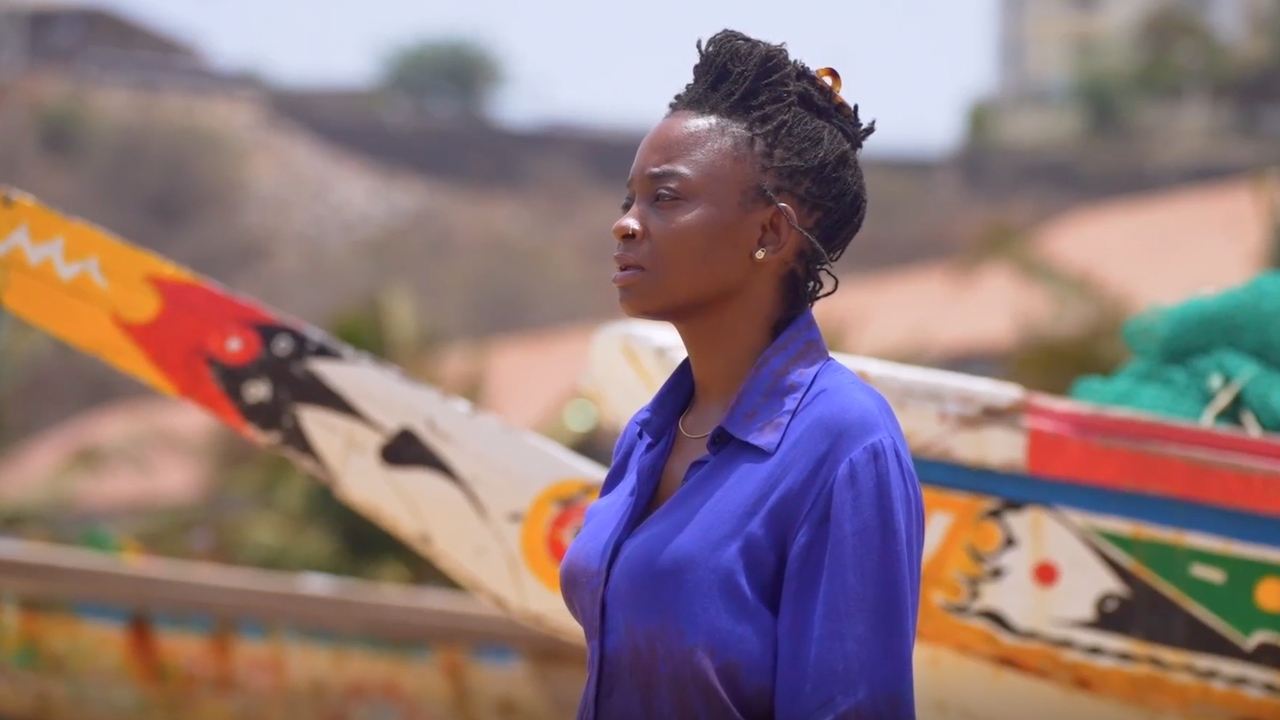Ragnar Kjartansson

Ragnar Kjartansson’s video The Visitors (2012) – which consists of nine separate shots recording a musical performance – ends with an idyllic scene of friends and musicians, one of them naked, running through meadows down to the Hudson River, with the family dog tagging along behind. As a genre, the idyll had its golden age in the 18th century, an era of repressive dynastic regimes whose ruling ideology recast the Cartesian ego as absolutism. The revolution was pending, although it would not be long coming. In the idyll, artists and poets devised an ideal place, far from everyday political constraints, but also far from the notions of salvation prescribed by religious authorities. This imagined Arcadia stood for inner emigration and a modest existence in rural seclusion. It had little to do with the barren mountain landscapes of Greece. The idyll is a realm of self-contentment with no room for political ambitions.
Kjartansson’s Arcadia is located at Rokeby, a country house roughly 150 kilometres north of New York, on the opposite bank of the Hudson from Woodstock. Construction of the house began in 1811. In the mid-19th century, it was bought and added to by William Backhouse Astor, then the richest man in the US. Today, some of Astor’s descendents share the villa with invited artists.
Kjartansson expanded his own invitation to include 11 friends in order to make a video with them in nine rooms and nine shots. The film begins with the empty rooms, in which the musicians then gradually take their places. On their various instruments – cello, piano, saxophone, electric guitar, drums etc. – they play a song composed by Kjartansson, with lyrics by Ásdís Sif Gunarsdottír. Each of the nine cameras films a single musician or a duo, each in a different room. The only larger group gathers on the veranda, including residents of the house and other friends. At the Migros Museum, which marked its return to the renovated Löwenbräu Complex with this exhibition, the videos were projected larger-than-life onto cinema-size screens in a large, darkened space. The contradiction between seeing nine separate films while listening to the one piece of music that resulted from them creates the odd sense of a dispersed spatial presence. The individual voices made music together, filling the space gently, sometimes with a touch of melancholy. Approaching any particular screen, one voice emerged from the mix, the song of the group breaking down into the sound of individuals. In Arcadia, each voice and each ego needs its own refuge.
As his own sanctuary, Kjartansson chose the bathtub – which brings us, after the motif of the idyll, to an all-too-famous second one. In the whole of art history, there is only one iconic portrayal of a man in the bath: Jacques-Louis David’s The Death of Marat (1793). This painting is as much part of the iconography of French revolutions as Eugène Delacroix’s barricade-storming Liberty Leading the People (1830). With Marat’s death, the revolution entered a second cycle of violence. It had already consumed its own children; now the grandchildren were taking revenge.
Kjartansson is not especially concerned with revolution; his main interest is in community. Speaking from this most private place, he plays the lead singer gathering the community of his friends around him. The agenda is laid out in the lyrics. The first verse resorts to metaphors from nature: ‘A pink rose in glittery frost / A diamond heart in orange-red fire’. The second jumps to conflicting relationships with the world and with a lover: ‘You protect the world from me / As if I’m the only one who’s cruel / You have taken me / To the bitter end.’ The song gets to the point, politically speaking, in the final refrain. In an interview printed in To Music, a beautiful book published to coincide with the exhibition, Kjartansson describes himself as a fan of refrains and repetitions. The lines are repeated nine times over: ‘There are stars exploding around you / And there is nothing / Nothing you can do.’
In the light of the image of the bathtub, the meaning of these words is clear. They sing the praises of a community that has abandoned any sense of political motivation. The pictures are fitting. The aristocratic country house in the colonial style, the naked artist in the bathtub and the excursion into a rural idyll – all this adds up to a hymn to privacy, what would once have been called reactionary, sung by a community of absconders who, on the eve of the revolution, skive off to their private paradise.
Translated by Nicholas Grindell















